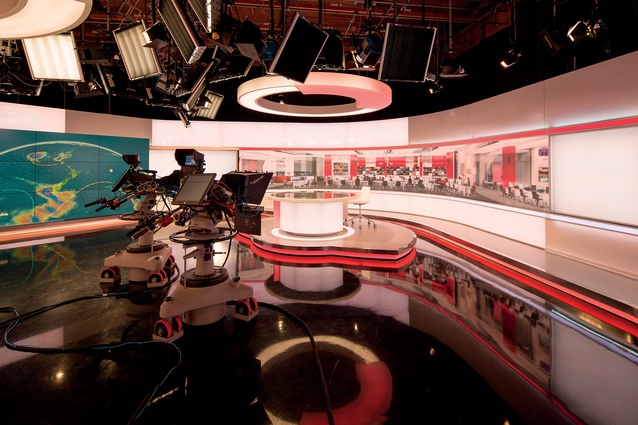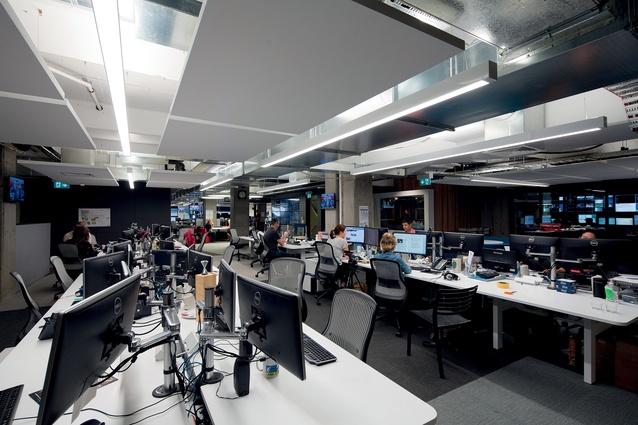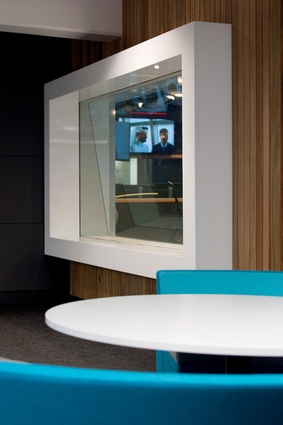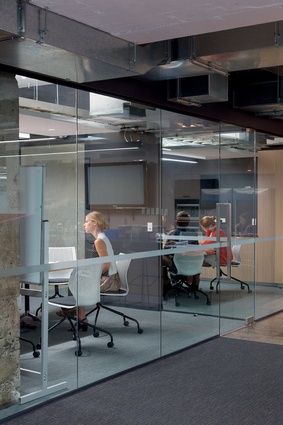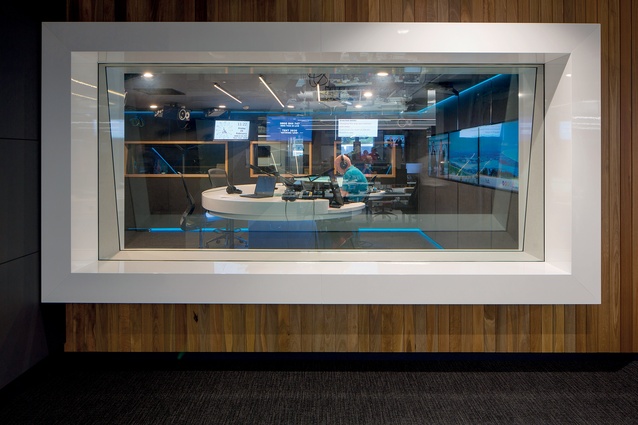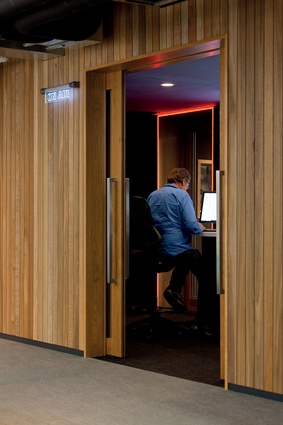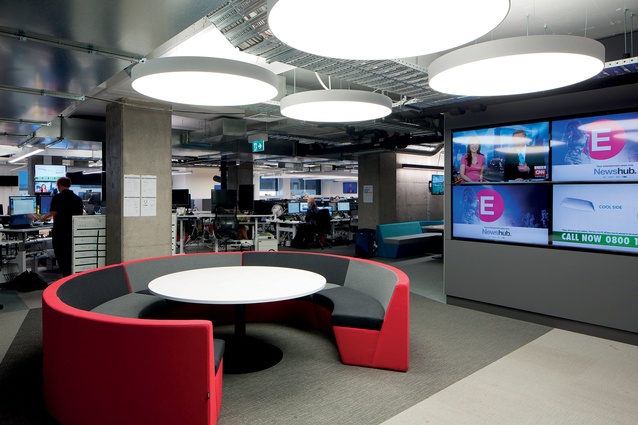Newshub
Much has been made of disruptive changes to traditional media over the past five years. The way news is delivered has undoubtedly transformed with the rapid and pervasive uptake of social media, smartphone technology and faster mobile networks. This transformation has resulted in serious pressure on traditional news-media outlets.
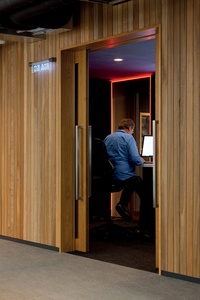
In order to stay relevant in an industry underscored by the desire to be first, news-media corporations have had to adapt to the changing appetite of consumers. This commercial adaptation has parallels with an evolutionary notion of adaptation. Those species who are adept at change survive, while those that don’t, become confined to the fossil record.
In the local market this evolution has been most visible in the formation of Newshub. The amalgamated news service provides content to a host of MediaWorks’ stations across television and radio. Here, a decentralised collection of news services has been integrated, with a far greater focus on the delivery of content through digital platforms, including a smartphone app. The mantra is one of integration, speed and digital streamlining.
The way news is delivered in New Zealand has surely changed with the creation of Newshub and with it there have been parallel changes in the spaces required for reporting. Previously each MediaWorks news team was clustered into a rabbit warren of cubicles in a beige interior. The clustering of staff around a series of half-height walls was indicative of the arrangement of the news service – compartmentalised.
With the amalgamation of the news offerings under a single banner, the series of news rooms has been combined into a single open floor. All the hallmarks of contemporary office spaces make an appearance – acoustically dampened meeting pods, linear runs of workstations with variable height ‘desking’, bench-height leaners for impromptu discussions of KPIs.
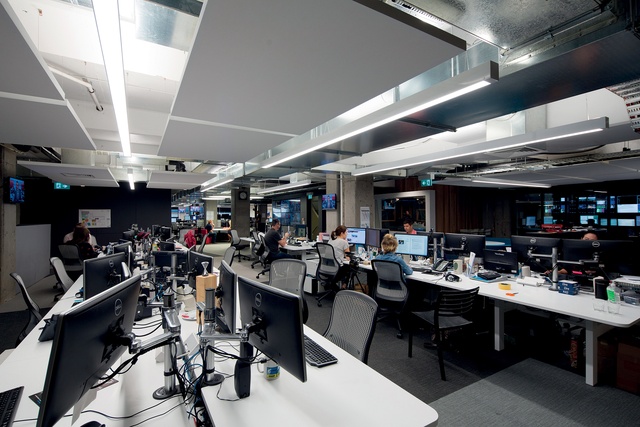
However, beyond the normal, there are a few special and specific parts to the Newshub interior. State-of-the-art edit suites flank the main workspace and a hive of reporters gathers stories from a network of screens placed centrally in the plan. But most noteworthy is the position of the glass- and timber-lined RadioLIVE studio. It sits within the space as the focus of the news room, a reminder of the continuous delivery of content.
“The Newshub space operates continuously – news opportunities are identified, decisions on the resource required to cover or analyse them made, cross-platform reporters despatched and information collated, and news produced and released. The Newshub operation means that all teams can work collaboratively, ensuring the latest updates, relevant context and best opportunities are provided where they’ll be of most value to our audience,” notes Richard Sutherland, Newshub head of content and coverage.
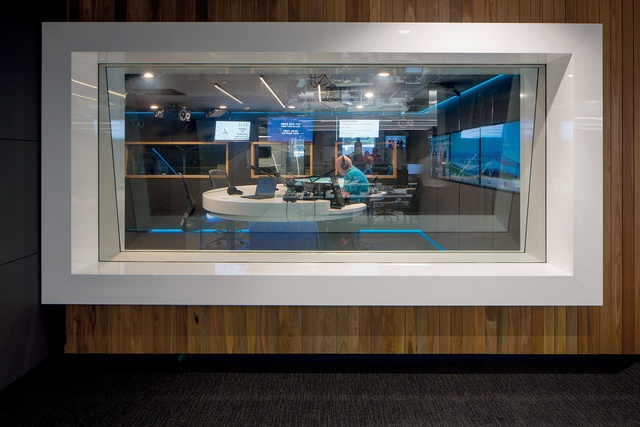
The position of the studio represents a core desire for speed in the delivery of news. “Our collaborative, open-plan space allows for the rapid distribution of news across our platforms – for instance, the digital team being part of the central ‘hub’ means breaking news alerts can be triggered as soon as a story breaks; similarly the RadioLIVE studio being inside Newshub means the latest news can be provided to the hosts live on-air, and the entire MediaWorks’ radio network, within seconds.”
The integration of media platforms into a single space has, according to Sutherland, allowed for journalists to dig deeper into a story. “As we now operate in a shared space, the flow of information between teams means we can provide tailored content to all platforms – specialist teams, such as politics or health, can have input on breaking stories in the areas of most interest to New Zealanders, not just telling you what is happening but why it is happening.”
The RadioLIVE studio underscores the key technical challenge in the space – acoustic separation. The studio is silent, aside from the requisite talking heads, and the news room is humming, a continual din of reports and reporters. Yet the two spaces cohabit comfortably because of the acoustic treatments applied in the space.
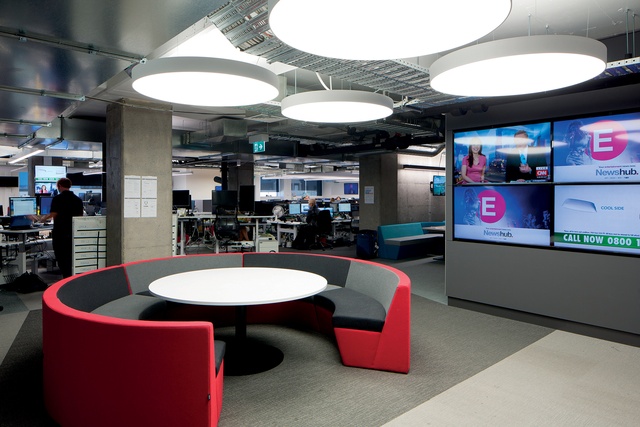
Suspended panels, heavy carpet underlay and acoustic furniture help to control the stray noise in the news room and reduce the reverberation of what was once a carparking area. The studio is further insulated by the mass of its timber-lined enclosure and the heavy glass screen that flanks one side. The presenters ply their trade beyond the glass, shooting glances into the news room as they check for breaking stories.
The integration of the spaces with differing needs has been accommodated successfully with the Newshub interior. The changes to the space parallel with wider trends in the design of commercial interiors, but not without specific relevance to the work being carried out in the area. For all of the transformation, perhaps the most satisfying part is the consistency in the feeling an active news room portrays. Through the technical upgrade and the managemental restructuring, the excitement and intrigue of a Sorkin-esque world still persists.

